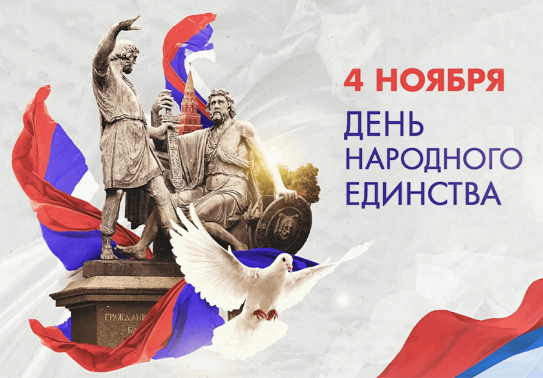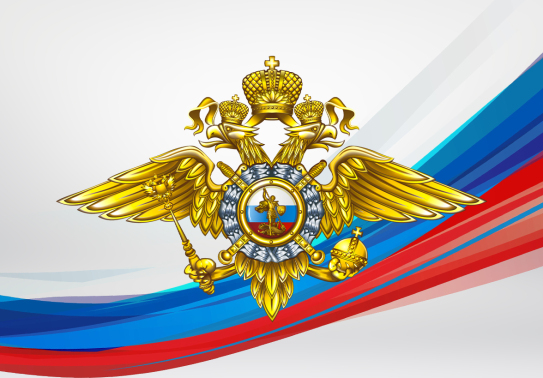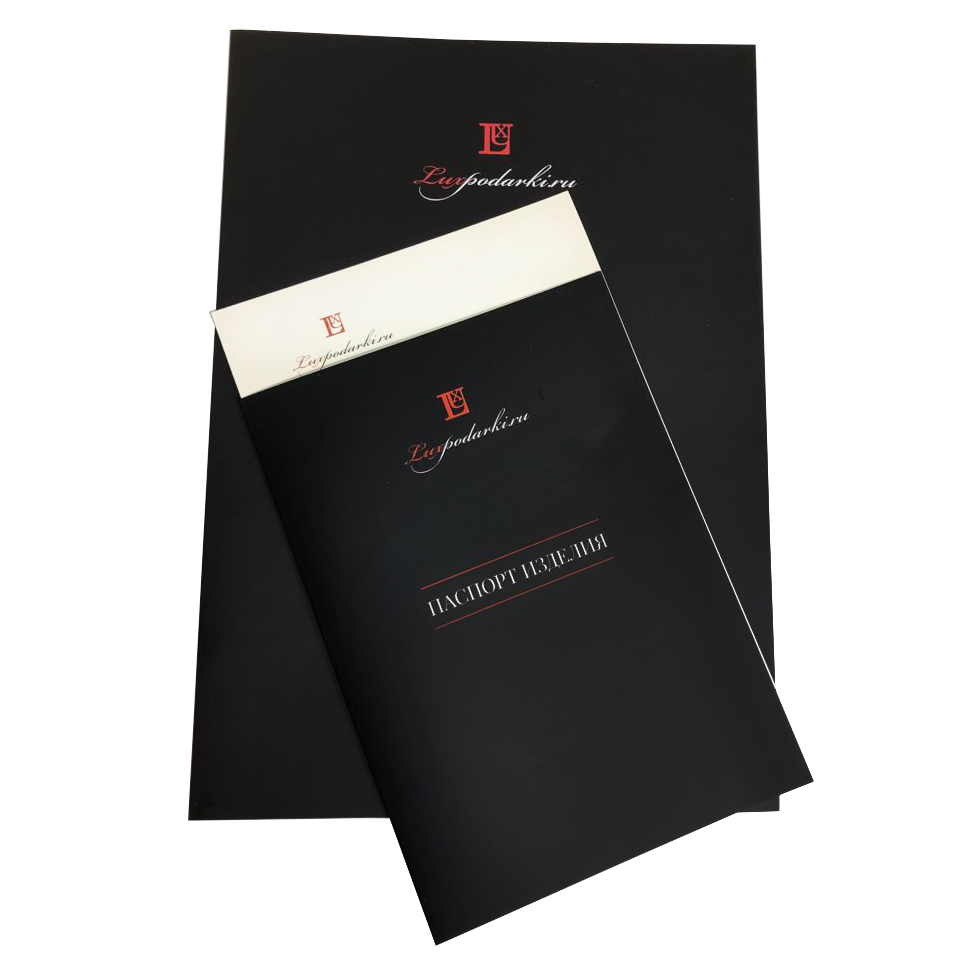Is it possible to give icons as a gift

It is definitely possible, necessary, and there is no such day in the calendar when the gift of the holy face would be inappropriate. But is it possible to give icons to everyone in a row, as just a beautiful souvenir? Here is the same unequivocal no. And it's not about superstitious prejudices and mysticism, but about reverence for the shrine and reverence for it. To whom, when and how are icons given, and for whom is it better to prepare another gift? That's what we'll talk about today.
What is an icon?
The word of Greek origin in translation means "image", "image". But unlike the painting, it does not depict objects of the material world, but what is beyond the three earthly dimensions, invisible to the human eye and incomprehensible to the human mind. It is a window into the upper world, a prayer expressed figuratively and the main purpose of the icon is to promote prayer. No matter how expensive and rare an icon is, no matter how much it has interested researchers in the centuries-old iconographic tradition, it is still not a decorative item and not a dead museum value, but a living prayer word addressed not even to an image written according to church canons, but to a prototype.
To whom, how and why should icons not be given?
There is no point in repeating superstitious fables, so there are plenty of them on the web. However, it should be noted that "to cause damage", "to invite trouble", "to sow discord" and other nonsense erected on the inspired creations of icon painters is a real absurdity and an oxymoron. Witchcraft and sorcery are ungodly, the icon has nothing to do with them, and that's the end of it. However, this is not a gift for everyone.
- Icons are not given to people who are unfamiliar, whose religion is unknown. And if Muslims, although they do not worship icons themselves, still treat them with respect, then representatives of radical faiths and adherents of authoritarian sects are hostile. Presenting an icon to a stranger, there is a risk, even if not maliciously, but to give the shrine away for abuse.
- There is no need to give an icon to a person who does not hide his indifference to faith. He will not pray in front of her, because the gift loses its meaning.
- You cannot give an icon with wishes: "So that money can be found!" or "So that health does not fail!". The icon is not a magical artifact. The giver can turn to the holy face, asking for the well-being of the recipient of the gift, and he, in turn, will also offer prayers for family well-being, help in business, studies, etc. But God decides whether to give what He asks, and it is not worth promising anything on His behalf.
You can give, but wisely
Separately, it is worth mentioning the recently popular inexpensive, typographically reproduced icons. For a poor person, but sincerely striving for Faith, this is the way out, because they are much cheaper than the simplest written ones. But, it is unwise to give such an icon to a temple or a clergyman.
Temples boast their own style of decoration and uniformity. Not every letter and not every size icon will fit into the context of the interior. In addition, wall-mounted temple icons and even lecterns are usually larger than those intended for home prayer.
It is not a good idea to personally give something of obviously low quality to the priest. Both laughter and sin, but any priest can demonstrate a couple of cabinets cluttering the house, where several dozen or even hundreds of icons donated out of great respect and for a long time are gathering dust. Among them, there can easily be whole sets of faces of St. Nicholas, Matryona of Moscow, similar as two drops of water. Sometimes parishioners and churchgoers persistently give printed faces of St. Demetrius of Rostov or St. Prince Demetrius of Donskoy to the priest named Dimitri, but the priest is actually named after the holy Great Martyr Demetrius of Thessalonica.
Strictly speaking, giving icons to priests, temples and monasteries is a long–standing tradition and a good tradition. But it originated when all the icons were painted, that is, each hid a piece of the soul of the iconographer who prayed for the painstaking work. At the same time, for objective historical reasons, consumer goods have appeared in the church, and this, you must admit, is not the best gift. And although you can pray even in front of a bad copy of the canonical image, it is still better to give at least a decent quality list. Is there a need to donate an expensive icon to a temple or monastery? It would be better to discuss this with the abbot and take care of creating a special custom-made icon.
Let's also mention the paper icons brought in bundles from pilgrimage trips. The message to bestow a piece of grace on everyone and everything is clear. But in the end, it doesn't turn out very gracefully. For the most pious Christian, the red corner (a specially designated place for icons) is not dimensionless. In addition, they also try to purchase icons of good writing for the home red corner. You can't throw away a gift, after all, the holy face consecrated in the church, and good taste does not allow you to put it in the red corner. So they shift the gift icon that did not come to the yard in a dusty scrap.
What materials are used on expensive icons?
In addition to various icon painting schools, there are also different techniques for creating icons and salaries for them. Conditionally expensive icons can be divided:
- with precious stones – valuable gems are used for decoration;
- with a finish or the so-called "fire letter" is a historical technique for creating elegant church decoration, originated in Byzantium and brought to perfection by Russian craftsmen;
- on gold leaf there is an ancient technique of gilding icons: the background is completely covered, or thin gilding is used for shining halos, fragments of robes. Gold in the Orthodox tradition represents uncreated light, the divine principle.
- Zlatoust – the same symbolism as the previous group, but the design uses the technique of Zlatoust engraving.
- Made of silver – Orthodoxy identifies silver with the Word of God, it also symbolizes purity, purity, chastity, which is associated with the image of the Virgin Mary. Silver icons of the Virgin are often complemented with gilding, which is also figurative: "the ark, gilded by the Spirit."
- Amber icons are a kind of mosaic technique: the face is not painted, but laid out from fragments of stone. According to the symbolism, amber is equated with gold.
- Palekh – the art of world-famous lacquer miniatures originates from icon painting.
- Wood carvings – skilled carvers create images from wood of the most valuable species, such as stained oak.
- Birch bark icons – appeared thanks to the innovation of the modern icon maker master Olga Kirina, but they echo the ancient birch bark letters.
- Embroidered icons – the face is created from colored beads or floss.
As such, there are no restrictions on the technique of writing and the use of materials. At least because the first icon, according to church tradition, was created by Jesus Christ himself, when the iconographic tradition did not yet exist. The Savior put a handkerchief submitted by the court painter Anan to his face and an image remained on it, from which the leper Syrian king Abgar received healing.
However, any icon corresponds to the church canon and only after consecration in the church does the image become an icon.
In front of which icon should one pray for a specific need?
It is important to note that the Church does not have a clear division in front of which icons for which needs one should pray. Again, we are not talking about magic performed through this or that image, but about God's help given through prayers. Prayer for any need can be offered in front of any icon consecrated in the church and it does not remain unheard. If God did not give what He wanted, it means that what was asked for was not useful, and, allegedly, an icon unsuitable for this need has nothing to do with it.
But there are universally known miraculous images, for which a quick response to a request for a specific need has long been noticed. So, in front of the image of the Mother of God "The Inexhaustible Chalice" and the image of the martyr Boniface, it is customary to pray for deliverance from drunkenness, the great Russian saint of God Sergius of Radonezh is asked for help in his studies, St. Panteleimon and St. Luke are prayed for healing in illness, the holy Great Martyr George the Victorious is considered the patron saint of military personnel, etc. This gives reason to turn to prayer, and therefore to give exactly the icon that is relevant to the occasion of the gift.
What kind of icons are presented to whom and on what occasion?
The tradition of donating icons has been established for a long time, and it becomes not so much a strict obligation as a hint for those who are thinking about the question of which icon to give.
Dimensional icons
Their second name is "native image". The icon is written on a board whose dimensions correspond to the height and shoulder width of the newborn baby. On it is written the face of the patron saint, whose name the baby received at Baptism or the Guardian Angel. A dimensional icon is written immediately after the birth of a child to order. At first it hangs over the cradle, then it passes into the family iconostasis, but, like the baptismal cross, it becomes a personal shrine for life.
Personal icons
The size, the technique of writing, the value of the design are not important for them, but the icon necessarily depicts the namesake saint. Often, several saints bear the same name, therefore, before ordering or buying a personalized icon as a gift, it should be clarified in honor of which of them the recipient was named.
A kind of personalized icon is an icon around the neck. It can be either a precious metal jewelry or an enamel miniature. It is not supposed to carry ordinary icons everywhere, it is believed that the icon should stand in a specially designated place for it, in order to avoid accidental desecration or desecration. The body image can be worn without taking it off, having the opportunity to turn to the patron for help at any time.
Wedding couples
A paired image of Jesus Christ and the Mother of God, two icons of the same size, executed in the same technique. Traditionally, they are presented to the newlyweds for the sacrament of the Wedding, during which the priest blesses the groom with the image of the Savior, and the bride with the Blessed Virgin Mary. Leaving the temple, the young people hold these icons in their hands. And later they are placed in the center of the family iconostasis, symbolizing the inviolability of the family and reminding of the wedding day.
Family Icons
A family icon can also become a face, especially revered in the family, in connection with memorable private events.
Travel icons
Depending on the area, they are also called "wayfaring" - icons that they must take with them on any trip, because an Orthodox person is obliged to pray outside his native walls. The requirement for such icons is durability and an indelible face. They are often made stamped on metal, or in the form of a small folding, the faces of which can always be carefully protected with shutters.
Votive icons
They are written according to a promise given to God, in memory of a miraculous healing or some other significant event where there was help from above. Among the faces painted according to the vow, there are widely known ones, for example, the image of the Mother of God Bogolyubsky, painted for Grand Duke Andrew in the XII century, during a difficult period of consolidation of the state.
Icons are presented at Christmas, Easter, on the Lord's and Theotokos holidays. They are presented for a birthday and in honor of a notable milestone in life: obtaining a diploma of higher education or entering a high position, etc. The main thing is to give them with faith, prayer and sincerely wishing the best.
And finally, we offer 10 gift ideas with an iconographic face:
- The silver–gilded icon of the Guardian Angel is a universal gift for an Orthodox person for any reverent occasion.
- The iconostasis- folding images of the Holy Trinity, the Most Pure Virgin, Christ the Savior, the first apostles Peter and Paul, Nicholas the Wonderworker and the Guardian Angel are carefully covered with carved shutters with the Beatitudes inscribed on them – this is what a traveler needs in the labors of the road and in moments of peace of mind.
- The icon of the Mother of God "Semistrelnaya" - an image executed in a delightfully beautiful technique Rostov finish has the second name "Softening of evil hearts", in front of it they often pray for reconciliation of warring parties, the gift of peace, mutual understanding.
- The icon of Panteleimon the Healer is a shrine carved on the precious wood of a stained oak with the face of the most famous of the silverless doctors.
- The icon "Holy Trinity" - the famous Rublevskaya Trinity is embroidered with golden threads: an excellent gift for the eponymous two-hundredth holiday and not only.
- Silver icon of St. Nicholas the Wonderworker in a carved baguette – with the help of electroplating, the face of the world-famous Orthodox saint was created, who is revered by representatives of other religions.
- Icon "Saint George" Palekh – a lacquer masterpiece shining with the purity of tempera paints depicts St. George of Cappadocia the Victorious. This is both a magnificent personalized icon and a luxurious gift to a serving person.
- The icon of birch bark "The Lord Almighty" - birch bark is a uniquely durable and amazingly beautiful material, such a shrine will become an inherited family heirloom and the main icon in the house of many generations of its owners.
- The icon with precious stones "Matrona of Moscow" - the image of the popularly beloved saint of the twentieth century is encrusted with pearls and cubic zirconia. The saint of God, sensitive to the aspirations of others and quick to help, does not bypass all those who turn to her with prayerful help.
- The icon "Resurrection of Christ", executed by Rostov masters of enamel miniatures, illustrates the gospel story, telling about the sufferings of Christ and his victory over hell and death.







